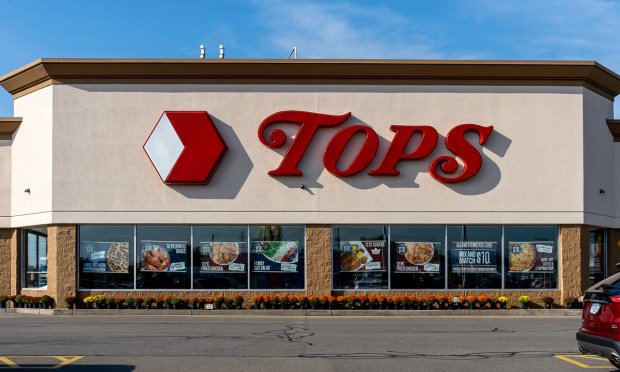Major Grocers’ Retail Media Networks Lead Smaller Brands to Rely on Instacart

As the largest grocers launch in-house retail media networks, offering brands comprehensive insights into how their marketing efforts are performing, smaller chains are being put in a position where, if they want to keep up, they may need to scale up their reliance on third parties such as Instacart.
On Tuesday (June 20), Northeast Grocery, owner of supermarket chains Price Chopper/Market 32 and Tops Friendly Markets, which collectively span 279 locations, announced that it is expanding its partnership with Instacart, including launching a retail media network powered by Instacart’s Carrot Ads technology.
“Our cutting-edge retail media network, powered by Carrot Ads, helps us connect brands directly with customers at the point of purchase,” Diane Colgan, SVP, marketing at Northeast Grocery, said in a statement. “This partnership is another example of the efficiencies that our organization brings to the businesses of Price Chopper/Market 32 and Tops.”
Indeed, Northeast Grocery is not the only small chain noting the need to get into retail media in order to remain competitive — even if it means relying further on Instacart — as industry giants expand their own advertising offerings. Last month, for instance, Sprouts Farmer’s Market, which has more than 380 stores across 23 states, announced the launch of its own retail media network via Instacart’s Carrot Ads.
These partnerships come as category leaders tout their in-house offerings. Grocery giant Kroger has its Kroger Precision Marketing (KPM) ad solutions. Walmart has Walmart Connect. Albertsons has its Albertsons Media Collective. Last fall, Ahold Delhaize’s U.S. arm shared that it was bringing its retail media network in-house.
“We’re probably one of the last large [grocers] to actually make this decision,” Peapod Digital Labs Vice President, Head of eCommerce Merchandising / AD Retail Media Bobby Watts said in an interview with PYMNTS at the time. “So, it just felt like it was the right time for us to also make that move.”
Across the industry, grocers are racing to gain greater insight into consumers’ purchasing behavior. Research from PYMNTS’ study “Big Retail’s Innovation Mandate: Convenience And Personalization,” created in collaboration with ACI Worldwide, finds that 50% grocers are investing in innovating on the ability to track customer purchase history across all channels. Plus, 37% reported that they are innovating on their data analytics capabilities.
Plus, it is not only other grocers that smaller chains must compete with. Last year, eCommerce behemoth Amazon announced the launch of its new Store Analytics service, presenting brands with data about “how their products are discovered, considered and purchased” at an estimated 50 Amazon Fresh and Amazon Go locations in the United States that use its contactless Just Walk Out and Dash Cart technology.
As artificial intelligence (AI) capabilities grow, the race for brands’ ad spending will only become more competitive.
“Within our 84.51 customer research team, we are already piloting several large language models to summarize customer database sets,” Kroger Chairman and CEO Rodney McMullen told analysts on the grocer’s earnings call on June 15. By applying AI to customer surveys and customer service logs, our team can analyze and categorize them in minutes versus days before.”

